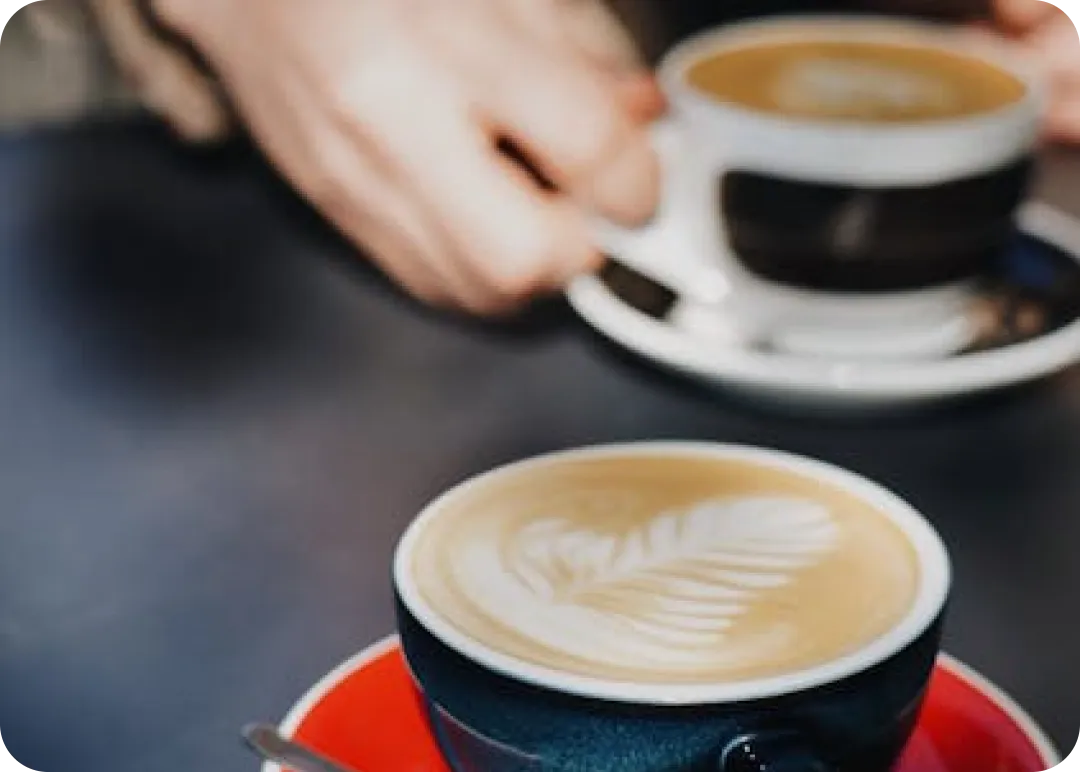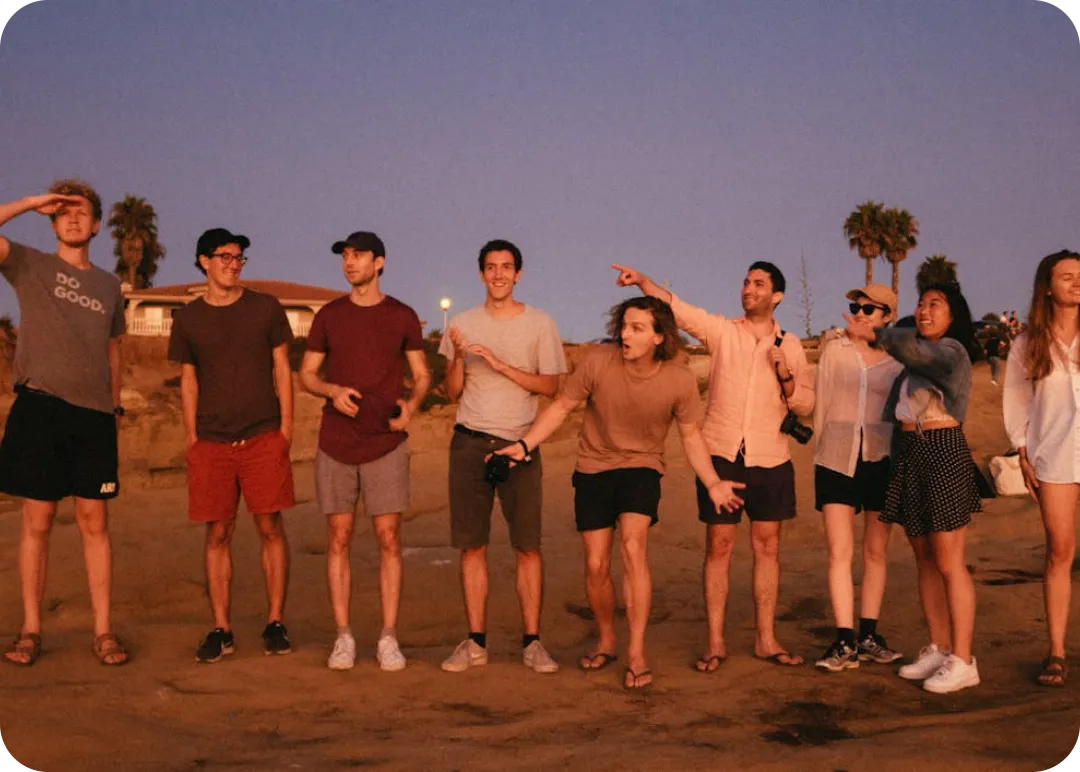Anime
Hunter x Hunter
Japan
Shingeki no Kyojin (Attack on Titan)
Let’s talk about Historia Reiss—also known as Krista Lenz—a character who, over time, has become one of the most quietly powerful figures in Attack on Titan. At first glance, she might seem like just another gentle soul in a world full of chaos and violence. But as the story unfolds, it becomes increasingly clear that Historia Reiss is far more than what she initially appears to be.
Right from the beginning, we’re introduced to her as Krista Lenz: kind, soft-spoken, and seemingly fragile. She joins the military with a quiet determination, standing out not for her strength but for her unwavering compassion. However, beneath that calm exterior lies a deeply complex past. Historia Reiss, as it turns out, is actually a member of the royal bloodline—a truth hidden from nearly everyone, including herself for much of her early life. Raised by a cruel and manipulative mother, she was forced to live under a false name and suppress her true identity. That alone makes her journey one of the most emotionally resonant arcs in the series.
As Historia Reiss begins to uncover the truth about her lineage, we see her wrestle with questions of self-worth, belonging, and purpose. It’s not easy for her—she doesn’t suddenly become fearless or confident overnight. Instead, her growth feels real, earned. She stumbles, doubts herself, and at times wants to retreat into the safety of being “Krista.” But ultimately, Historia Reiss chooses to embrace who she truly is, even when it means facing painful truths and making difficult decisions.
And honestly, that’s part of what makes Historia Reiss so compelling. Despite everything—the abuse, the deception, the weight of her heritage—she never loses her empathy. In fact, it’s her compassion that drives her forward. She doesn’t seek power for its own sake; she wants to create a world where people can live without fear. This desire for peace and connection is central to her character, and it shows up again and again throughout the series.
In terms of personality, many fans—including psychological analysts—have noted that Historia Reiss fits the INFJ type. Now, if you’re familiar with Myers-Briggs, you’ll know that INFJs are rare and often described as idealists with deep emotional insight. Historia Reiss checks all those boxes. She’s introverted, yes—often quiet in large groups, preferring meaningful one-on-one connections. But don’t mistake her silence for weakness. Her intuition is sharp; she senses tension, injustice, and hidden motives long before others do. And her feeling function? That’s where she truly shines. Historia Reiss cares—deeply—about the well-being of others, sometimes even at the expense of her own needs.
She also demonstrates strong judging traits: she’s organized, thoughtful, and values closure. Whether it’s confronting her past or stepping into leadership, Historia Reiss plans carefully and acts with conviction. All of this points to a person guided by strong moral principles—someone who wants to do good, not for recognition, but because it’s right.
Now, when we shift to the Enneagram, Historia Reiss clearly aligns with Type 9—the Peacemaker. This makes perfect sense. Throughout Attack on Titan, she consistently tries to avoid conflict, not out of cowardice, but because she genuinely believes in harmony. She’d rather mediate than fight, listen than dominate. And let’s not forget how often she puts others’ needs ahead of her own. That self-effacing tendency? Classic Type 9 behavior.
But here’s the thing—her struggle with identity isn’t just a plot device. It’s deeply tied to the core fears of a Type 9: being insignificant, disconnected, or lost in the crowd. By taking on the name Krista Lenz, Historia Reiss essentially erased herself to fit in, to be loved. Yet over time, through relationships with people like Ymir and Eren, she begins to reclaim her sense of self—not by rejecting peace, but by realizing she deserves it too.
Astrology-wise, there’s a strong case for Historia Reiss being a Scorpio. Born between October 24 and November 22, Scorpios are known for their intensity, secrecy, and transformative nature—all of which describe Historia Reiss to a tee. Think about it: she starts off meek, almost invisible, but undergoes one of the most profound evolutions in the entire series. From a passive girl hiding in plain sight to a courageous leader willing to shoulder the burden of monarchy—now that’s rising from the ashes.
Scorpios also guard their inner world closely, revealing themselves only to a trusted few. And sure enough, Historia Reiss may seem distant at first, but once she forms a bond—like with Ymir—it’s unshakable. Her loyalty runs deep, and her love is fierce, even if expressed quietly.
So, putting it all together: Historia Reiss is a layered, beautifully written character whose journey reflects real human struggles—identity, trauma, healing, and purpose. Whether you’re analyzing her through psychology, personality typing, or even astrology, one thing remains consistent: Historia Reiss embodies resilience wrapped in gentleness. She’s proof that strength doesn’t always roar—it can whisper, endure, and still change the world.
And really, isn’t that why so many fans have come to admire Historia Reiss? Not because she’s the strongest fighter or the loudest voice, but because she represents hope, quiet courage, and the enduring belief that even in a broken world, kindness matters. Historia Reiss may have started as a shadow, but she emerges as a light—one that continues to resonate long after the final episode.

